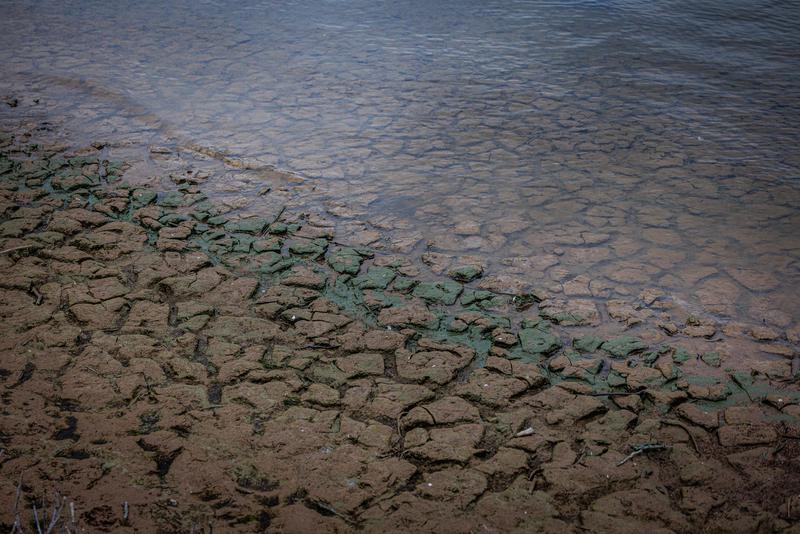Drought emergency measures lifted for most of Catalonia's inhabitants
Recent rains allow towns dependent on Ter-Llobregat water system to return to level of 'exceptionality'

The Catalan government has lifted the drought emergency measures in place for over 200 municipalities dependent on the Ter-Llobregat water system, serving most of Catalonia's inhabitants, as announced by the cabinet on Tuesday.
The emergency scheme has been lowered to 'exceptionality' after the recent rain. The announcement comes a few days after climate minister David Mascort said the cabinet was studying the opportunity to lift such emergency measures.
"What we won’t do is lift the emergency phase just to end up back in it two weeks later. We have to evaluate the water consumption over the summer, how much water the environment needs, and how much irrigation needs," Mascort said at the time.
Currently, the reservoirs in the Ter-Llobregat area are at 24.8% of their capacity. The drought emergency was declared on February 1 in the 202 municipalities that are dependent on this water system, which includes Barcelona and it's metropolitan area.
"We are now at 25.4% of reservoir capacity, and there is still more water arriving from recent rains. We can now say that we will not enter an emergency drought level until late 2024, or early 2025. If it rains in the fall, we will be able to extend it further in time," David Mascort, Climate action minister, said on Tuesday.
With the return of the state of exceptionality, the water limit per person per day will be raised to 230 liters and not 200 as it was in the emergency phase.
Agricultural irrigation will have to be reduced by 40% and not by 80% as is the case with emergency restrictions, water for industrial use must be reduced by 15% instead of 25%, and for livestock uses by 30% rather than 50% in the emergency stage.
Public swimming pools will be able to open without the need to declare themselves a climate shelter, as they would have had to do during the emergency phase. Filling or refilling pools will be allowed for public use, and also for private use that have a water recirculation system.
The levels of drought are set from least to the most serious: 'Normal,' 'Alert,' 'Exceptionality,' 'Emergency 1,' and 'Emergency 2.'
Floating desalination plant
In April, the Catalan government announced it will install a floating desalination plant off the shore of the Port of Barcelona and purchase 12 mobile desalination units for the Costa Brava's northern region to combat the area's severe drought.
The floating desalination plant in Barcelona will produce 14 hm3 of water per year, equivalent to 6% of the metropolitan area's consumption.
It will not be operational until Barcelona enters the next drought emergency phase, which is not expected until at least October.